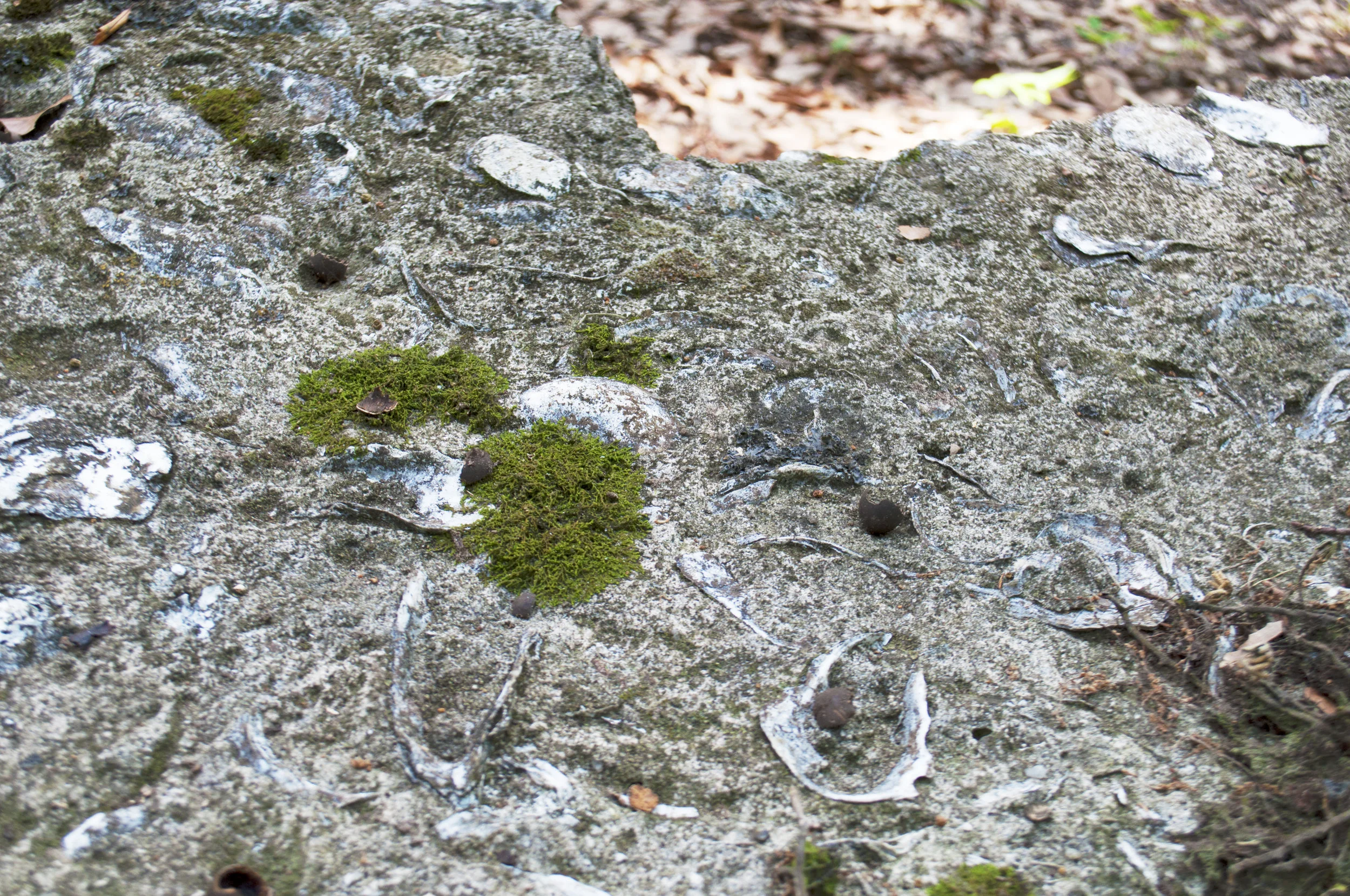When I was a teen, I remember reading the text of Martin Luther King Jr.’s “I Have a Dream” speech in a high school textbook. In my memory it was in my junior year English literature textbook, though it very well could have been in AP History. I was a sullen, unserious student who didn’t connect with most American literature, eschewing Thoreau’s naturalism for French existential philosophy and the literature connected to it.
But MLK’s speech was different. The first time I read it to myself, it brought tears to my eyes. Specifically the line, “a nation where they will not be judged by the color of their skin but by the content of their character.” Though I was a teenager mostly focused on the people and relationships directly connected to me at the time, this line and everything I read or saw of the Civil Rights movement afterward took me out of myself, made me recognize an experience beyond mine.
A few years ago, my husband and I took a trip journeying around the South. We were at a restaurant in downtown Charleston on June 17, 2015, when we heard the news of a mass shooting nearby at Emanuel African Methodist Episcopal Church. We speed walked through the dark streets in silence, less than a mile from the church, as a helicopter loomed above, circling lights on the ground.
Out of respect for the victims, the families, and town we felt it unfitting to be tourists in town, to sightsee as the press descended to cover the national tragedy. We headed southward to Beaufort and stopped on St. Helena Island.
Just five miles from Beaufort, St. Helena Island is the heart of Gullah country. Gullah or Gullah Geechee people are the descendants of African slaves. Their ancestors’ fingerprints are all over the area, from the land they planted with rice and cotton, similar in climate to their homeland Sierra Leone.
They live on, in the Chapel of Ease ruins. Their hands mixed the tabby concrete, made of and embedded with oyster shells. They built the chapel for their owners, who fled early in the Civil War. Their walls still stand.
They live on, in the sprawling Penn Center grounds, where a school for freedmen was established after the Civil War. Nearly 100 years later, their fight was still being fought in the Civil Rights movement. Penn Center became one of the few places that desegregated groups could meet in the South. Martin Luther King Jr. took refuge in Gantt Cottage, and may have written an early draft of his “I Have a Dream” speech there.
Curtis and I only discovered St. Helena Island because we cut our trip to Charleston short. While we were grateful to find St. Helena Island for its historic significance, time collapsed as I thought of how the work wasn’t finished. We were short on details at the time, but knew the Charleston shooting was no accident or random act.
The work was started long before the Civil Rights movement and the work continues. On the occasion of Black History Month , we can be grateful that we have Martin Luther King Jr.’s words to guide us to a better future.
“I have a dream that my four little children will one day live in a nation where they will not be judged by the color of their skin but by the content of their character.” – Martin Luther King, Jr., 1963
Amanda Lacson is founder of FamilyArchive Business, a Manhattan–based studio designed to meet families at any point in their preservation process.
Portions of this piece were previously published on FamilyArchive Business, January 15, 2018.














